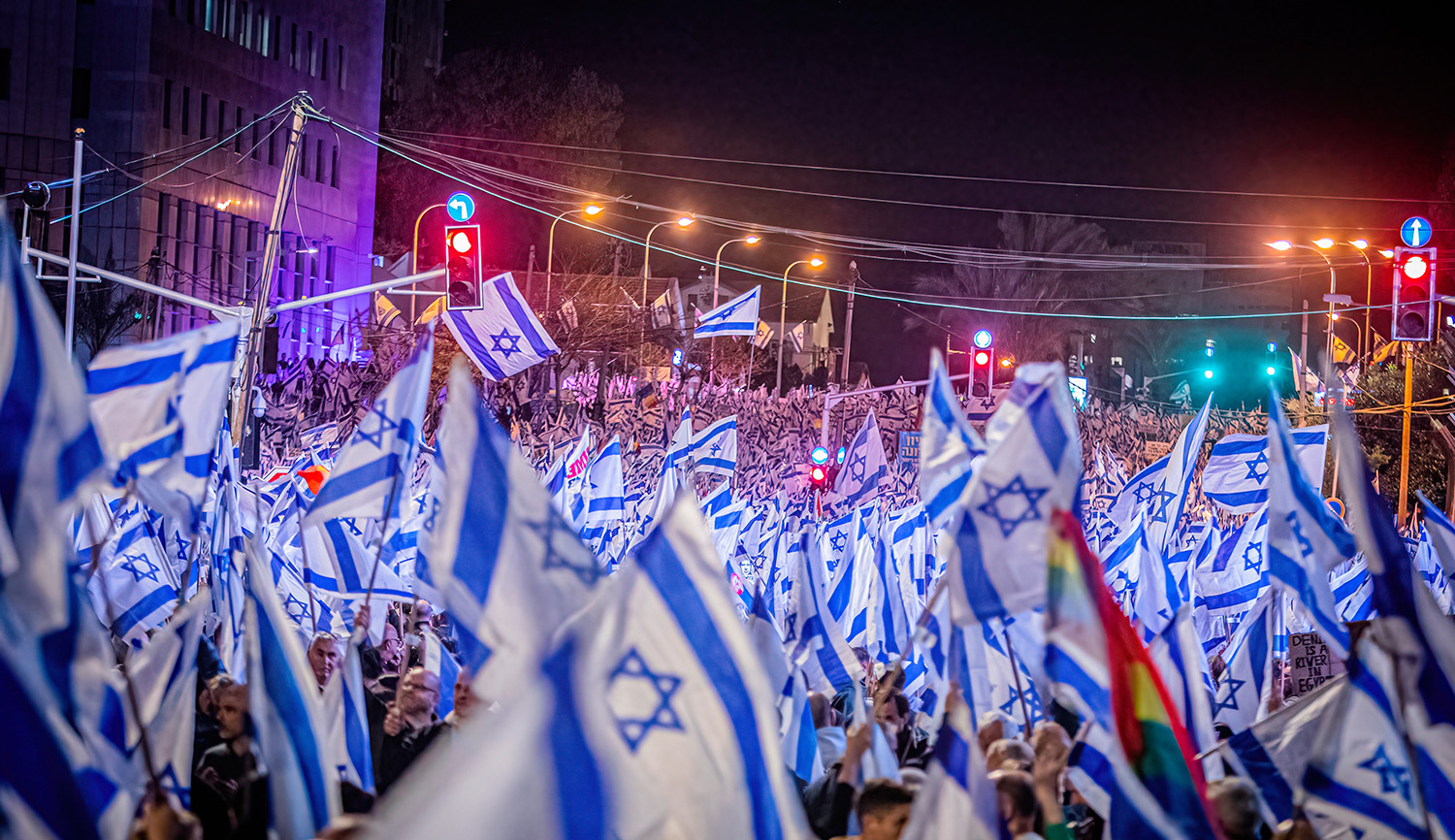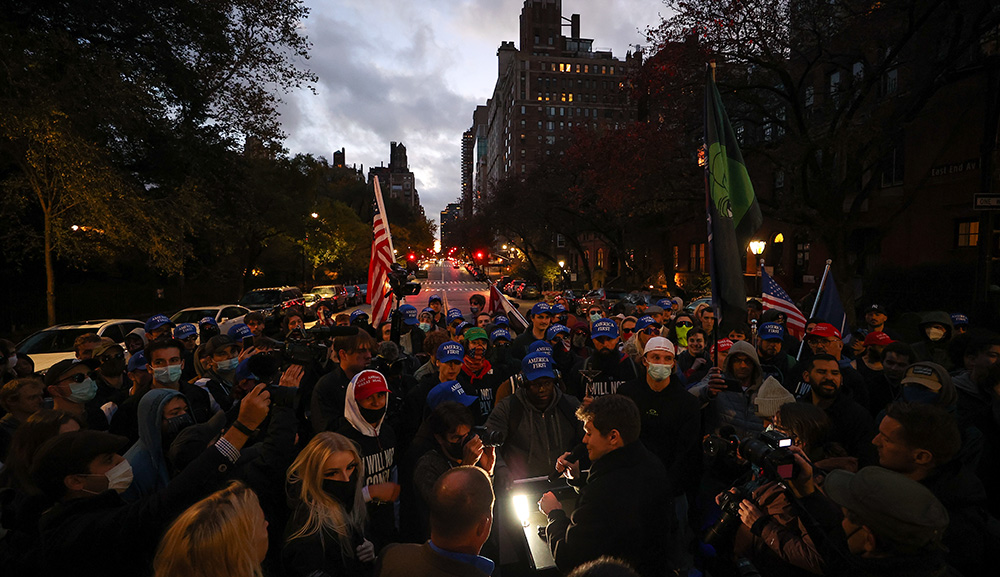As the world responds to the outbreak of coronavirus, Jeremy Brown recalls an East European Jewish rite, known as the “black wedding,” once thought to stem the tide of plagues:
The ceremony was simple: a man and a woman, each unmarried and either impoverished, orphaned, or disabled (sometimes all three) were married to one another under a ḥuppah—in a cemetery. The couple’s new home was established with donations by the community. With this collective act of charity and lovingkindness, it was hoped that the plague would be averted.
For example, one such ceremony took place 101 years ago as the Jews of Philadelphia gathered in a cemetery with the goal of defeating the deadly influenza outbreak. By the time it was finally over, the Great Flu Pandemic of 1918-1919 claimed 50-100 million lives worldwide. In the U.S. over 670,000 people died, and the dead were piling up in the city of Philadelphia.
Although its origins are entirely unknown, the black wedding had been imported from Eastern Europe, where it had been practiced since the 18th century. The earliest recorded black wedding was performed in 1785 in the presence of one of the great early leaders of Ḥasidism, Rabbi Elimelekh of Lizhensk. It took place in response to an outbreak of cholera. The bride was a thirty-six-year-old villager and the groom a thirty-year-old water carrier; . . . the wedding was attended by other ḥasidic leaders including the famed Seer of Lublin.
More about: American Jewish History, East European Jewry, Hasidism, Jewish cemeteries, Jewish folklore


